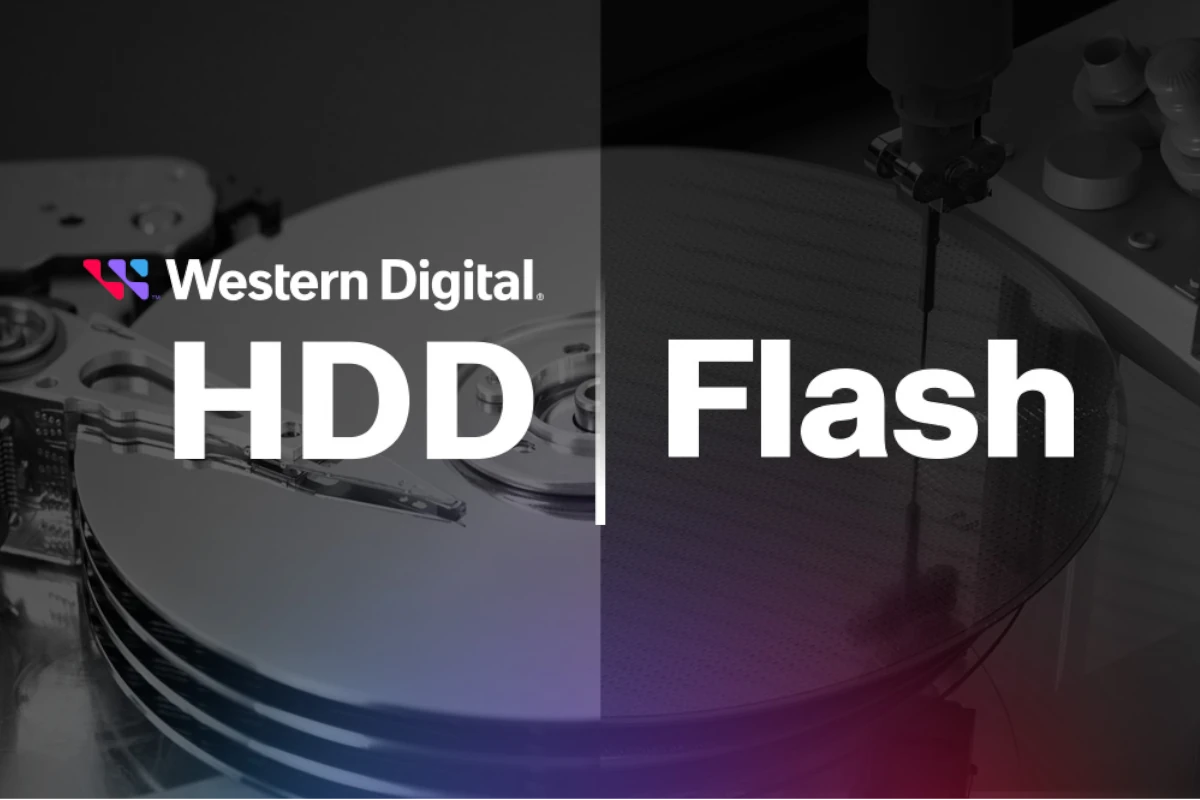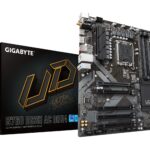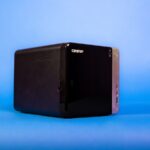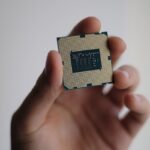Western Digital has announced plans to reorganize into two separate entities. The move will create a clear distinction between its hard disk drive (HDD) operations and its flash-memory business. Each entity will become an independent, publicly traded company. Following the strategic division, Western Digital aims to hone in on specific market areas, boosting operational efficiency and focusing on unique growth opportunities within each sector.
The separation is on track for completion in the second half of 2024 and responds to the evolving demands of the storage market. David Goeckeler, CEO of Western Digital, has underscored the significance of creating distinct capital structures and leadership positions tailored to the needs of each business line. This alignment is expected to provide customers with dedicated and specialized products, fostering innovation and customer satisfaction.
Read a recent press release with an update on the split here: https://www.westerndigital.com/company/newsroom/press-releases/2024/2024-03-05-western-digital-announces-update-on-company-separation
What You Need to Know About the Western Digital Split
Western Digital Corporation, a leading data storage solutions company, is undergoing a significant change. Here’s what you need to know about the recent announcement.
The Basics
- The Plan: Western Digital plans to split its existing business into two separate, publicly traded companies. This will create one company focused on hard disk drives (HDD) and another dedicated to flash-based storage technology.
- The Goal: The company believes this split will help both entities better focus on their specific market opportunities, innovate faster, and operate more efficiently. This move is designed to improve agility and ultimately unlock greater shareholder value.
- Timeline: The split is expected to be finalized in the second half of calendar year 2024.
What This Means for Investors
Investors should pay close attention to these key points:
- Two Separate Stocks: After the split, investors will hold shares in two independent companies with unique growth potential and risks.
- Possible Increased Value: Western Digital believes the focus and tailored capital allocation for each business might lead to increased stock value over time.
- Market Fluctuations: Share prices for both businesses are likely to fluctuate during and after the split. Investors should closely monitor their portfolios and make informed decisions.
Important Considerations
Here’s a table outlining possible risks and opportunities:
| Factor | Risks | Opportunities |
|---|---|---|
| Market Conditions | Economic downturns and technological changes can affect both HDD and flash storage demand. | Innovations in either sector can lead to significant revenue growth. |
| Competition | Intense competition exists in both the HDD and flash markets. | Targeted strategic focus could give each company a competitive advantage. |
| Execution | The complexities of the split could create operational challenges. | Successful separation could lead to greater efficiency and cost savings. |
Stay Informed
To make sound investment decisions, keep up-to-date on the Western Digital split with these resources:
- Western Digital Investor Relations: https://investor.wdc.com/
- Financial News Outlets: Reliable financial news sources will provide ongoing updates and analysis of the split.
Key Takeaways
- Western Digital is splitting into two independent, publicly traded companies.
- The split will distinguish HDD operations from the flash memory business, each with strategic focus.
- This move aims to enhance market-specific innovation and operational efficiency.
Implications of the Split
Western Digital’s decision to create two independent public companies marks a strategic shift for the storage industry. The split separates the HDD and Flash businesses, allowing for focused financial models and growth strategies.
For the HDD Business: The focus on high-capacity memory solutions for cloud data centers could strengthen its market leadership. This division benefits from a refined approach to product development and innovation, tailored to the needs of data-intensive environments.
For the Flash Business: Previously operating under the SanDisk brand, this division could accelerate innovation in NAND technology which is essential for portable storage solutions. An independent Flash business may react faster to market changes and customer needs.
Shareholders may see an adjustment in value, as individual companies might unlock growth potential not fully realized within the confines of a single entity. Both entities will need to establish their own customer and supplier relationships free from regulatory and contractual restrictions that governed Western Digital as a single firm.
Investors and consumers can expect competitive products and pricing as each business aligns its operations more closely with its respective market demands. The split could create cost-saving initiatives and lead to enhanced data storage solutions, addressing security risks more adeptly.
Both companies will likely continue to innovate, but with different emphasis. The HDD business will focus on expanding the capabilities of high-capacity memory systems, while the Flash segment will advance in areas of portable and integrated memory solutions.
Western Digital’s NASDAQ: WDC listing will be re-evaluated to reflect the new structure of the separate legal entities, ensuring clarity and transparency for investors. As each business stands on its own, the allocation of resources for things like R&D and global operations may improve, allowing each new company to forge its path in the data storage industry space.







